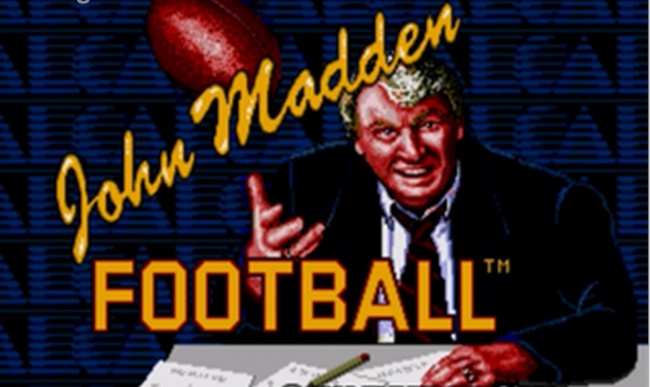We are surrounded by things every day that we take for granted and don’t question.
Like, for instance, why is the D-pad on the left side of the controller?
Most likely, you have not given that much thought until now, but if you think about it, pretty much every major console in history has had that setup.
Nintendo, Sega, Sony, and Microsoft all have the D-pad on the left. Even the N64’s funky controller still had the d-pad over there.
We’ve all grown accustomed to the d-pad being situated over there, and if we saw a controller today with the d-pad on the right, our brains would scream that was wrong, but in the beginning, why did designers choose that location?
The answer? Science. [pdf link]
We tend to use our dominant hands for precise, quick, reaction moments while our “off” hands are more suited for broader movements, like steering a character across the screen.
Since the majority of humanity is right-handed, it makes sense to put the “action” buttons on the right side of the controller for our dominant hands to use while the control mechanism is on the left for our off-hands.
When Nintendo designed the NES, the company decided its system would not only have more features than its competitors but also cost significantly less.
In order to accomplish this, the designers eliminated all the computer peripherals (keyboard, mouse, hard drive, etc.) to save on cost while opting for the now-famous NES controller design to give the user a means of input.
The NES became a huge hit, and the rest is history.






